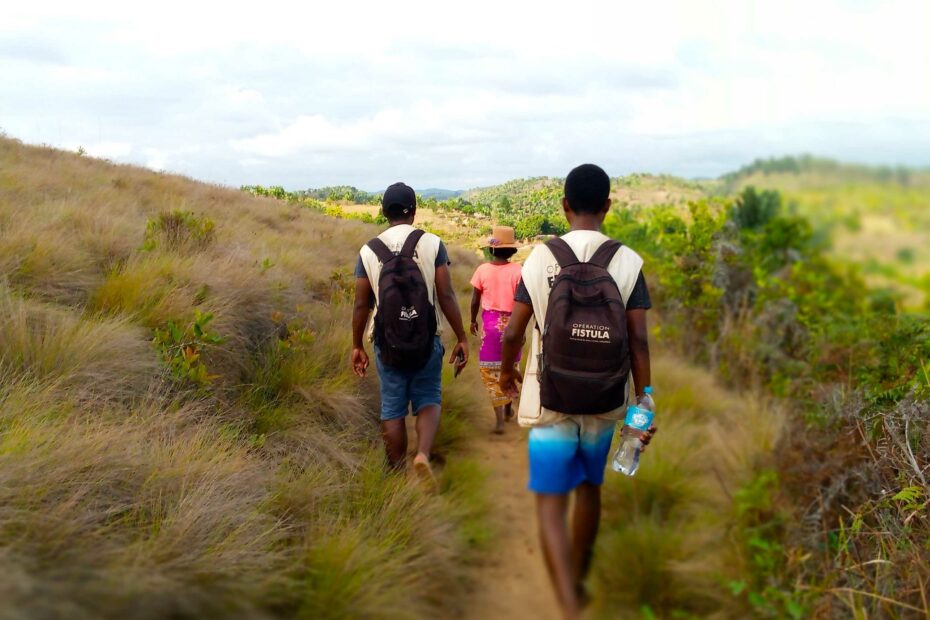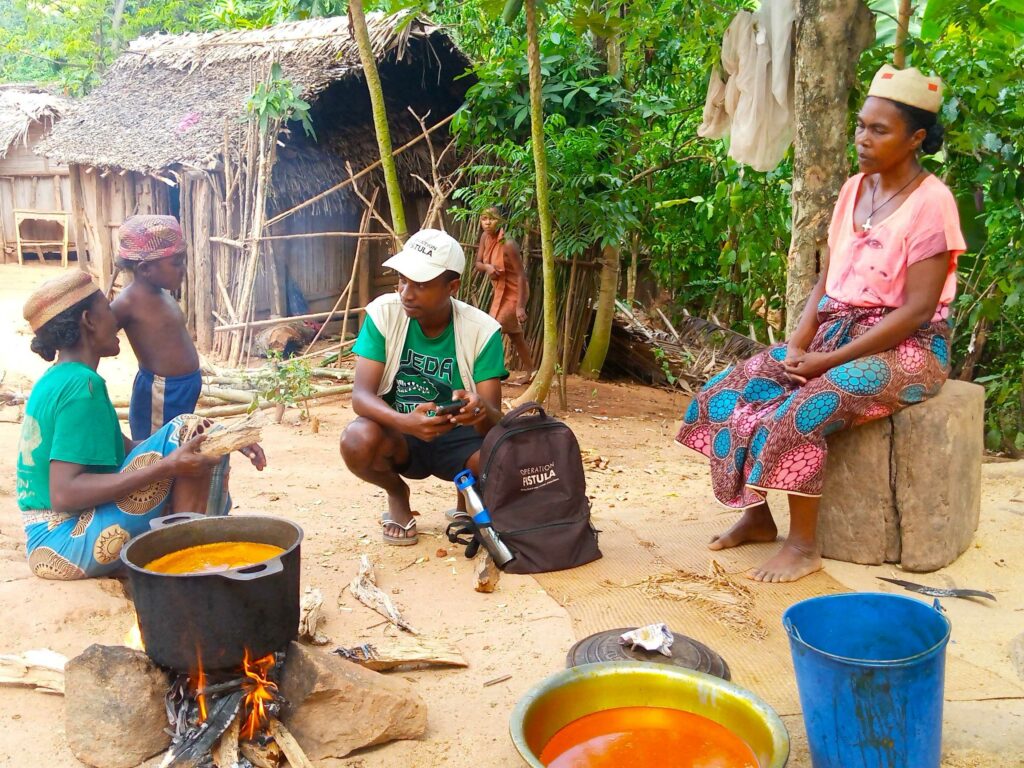
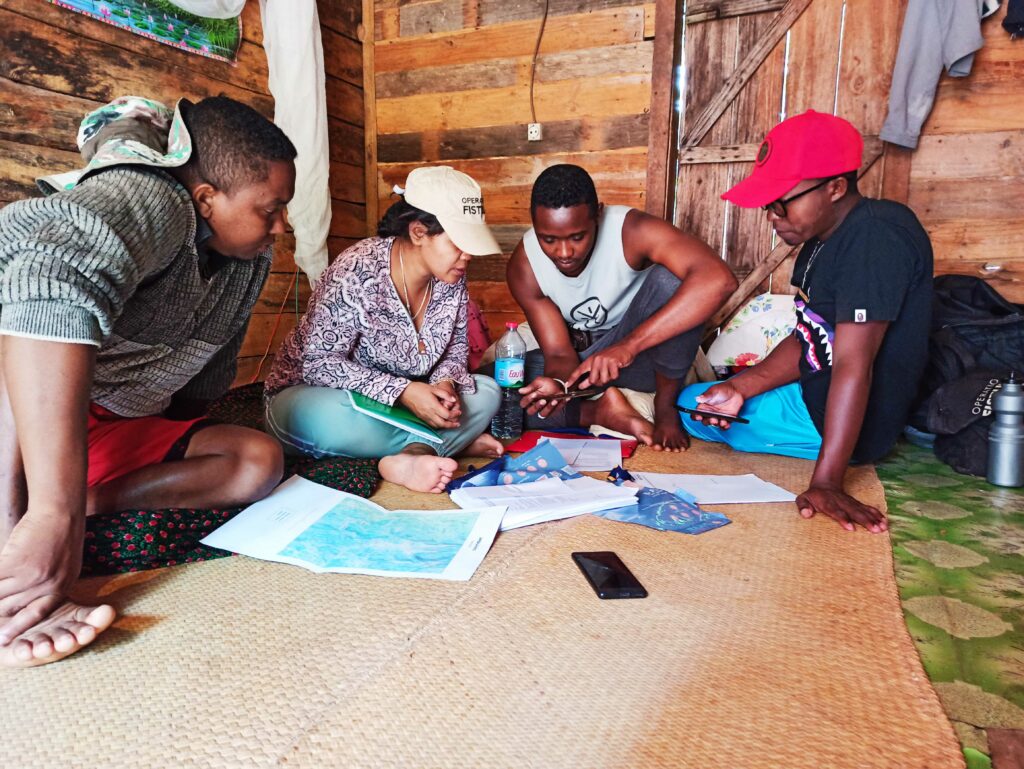
To my sister Jean,
Up the Canongate,
Down a Close,
Edinburgh.
She has a wooden leg.
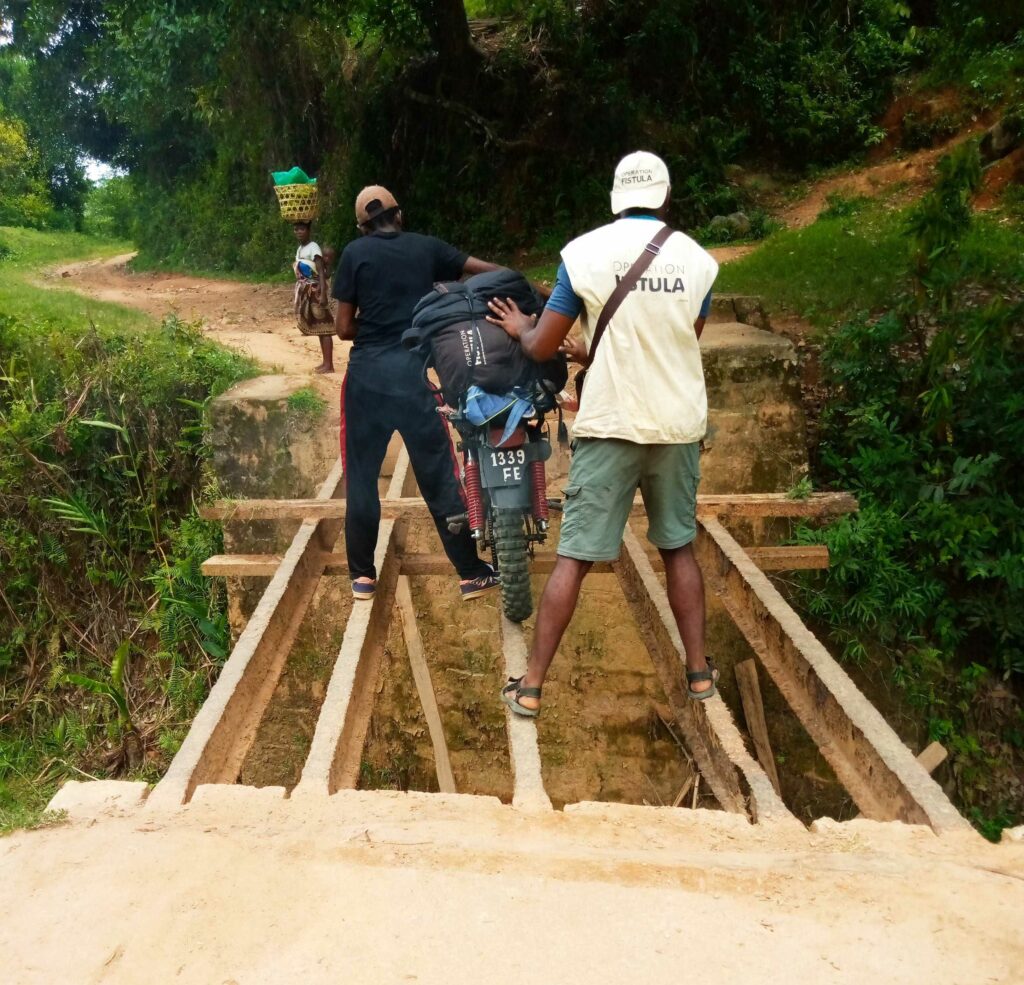
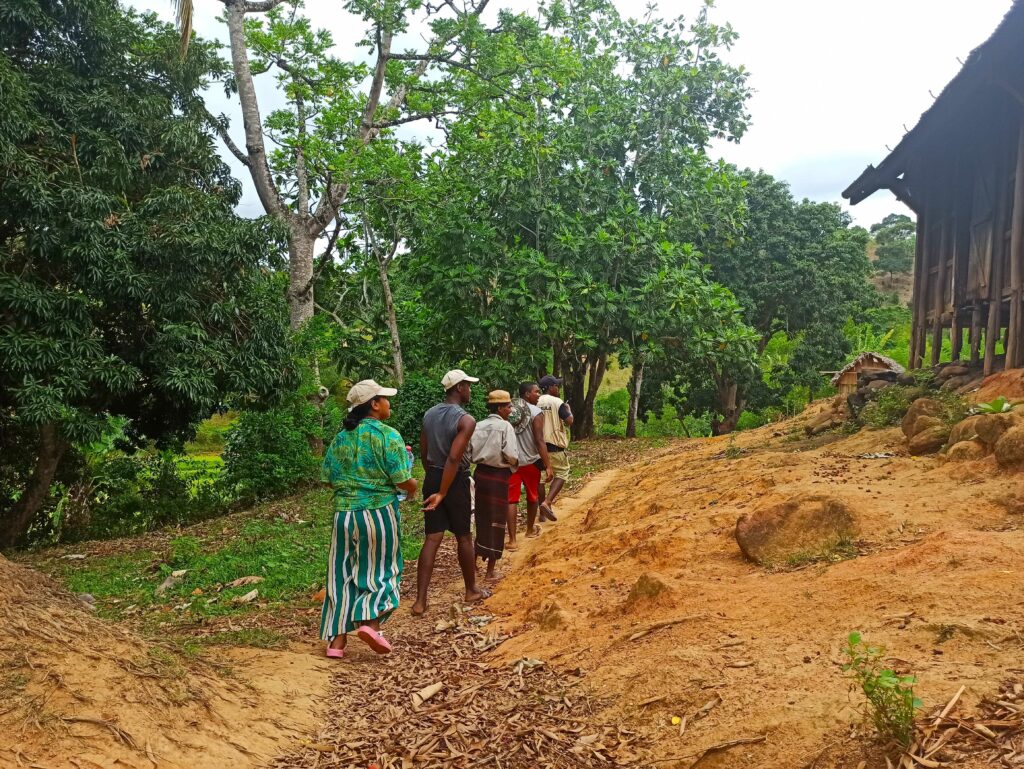
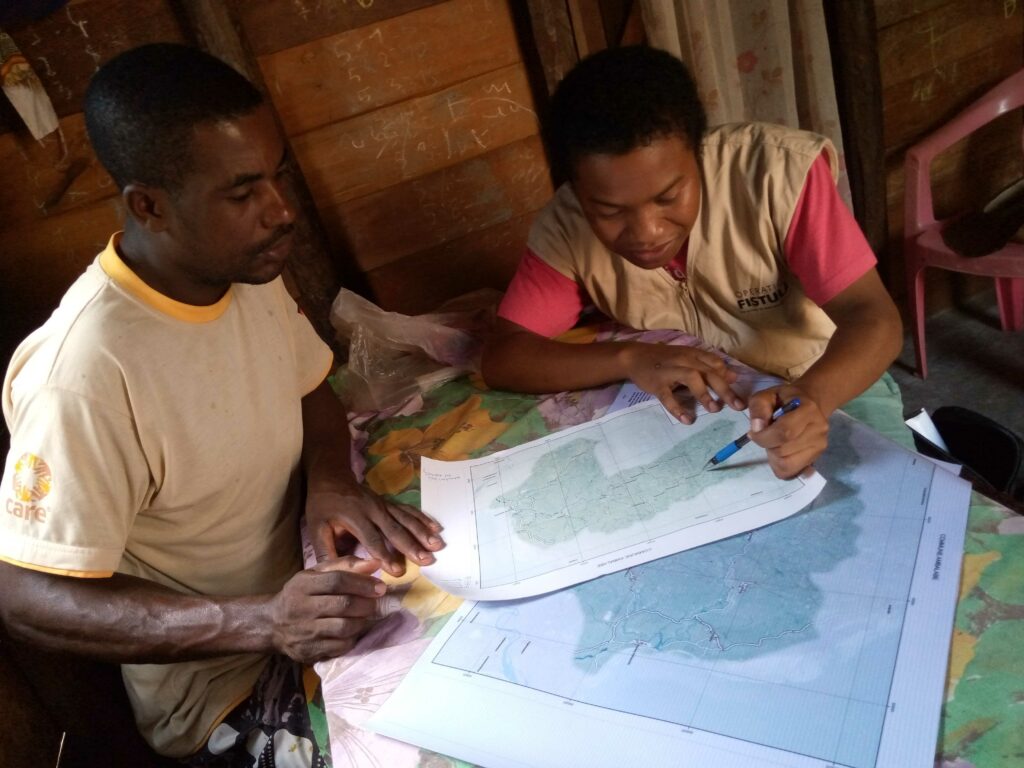
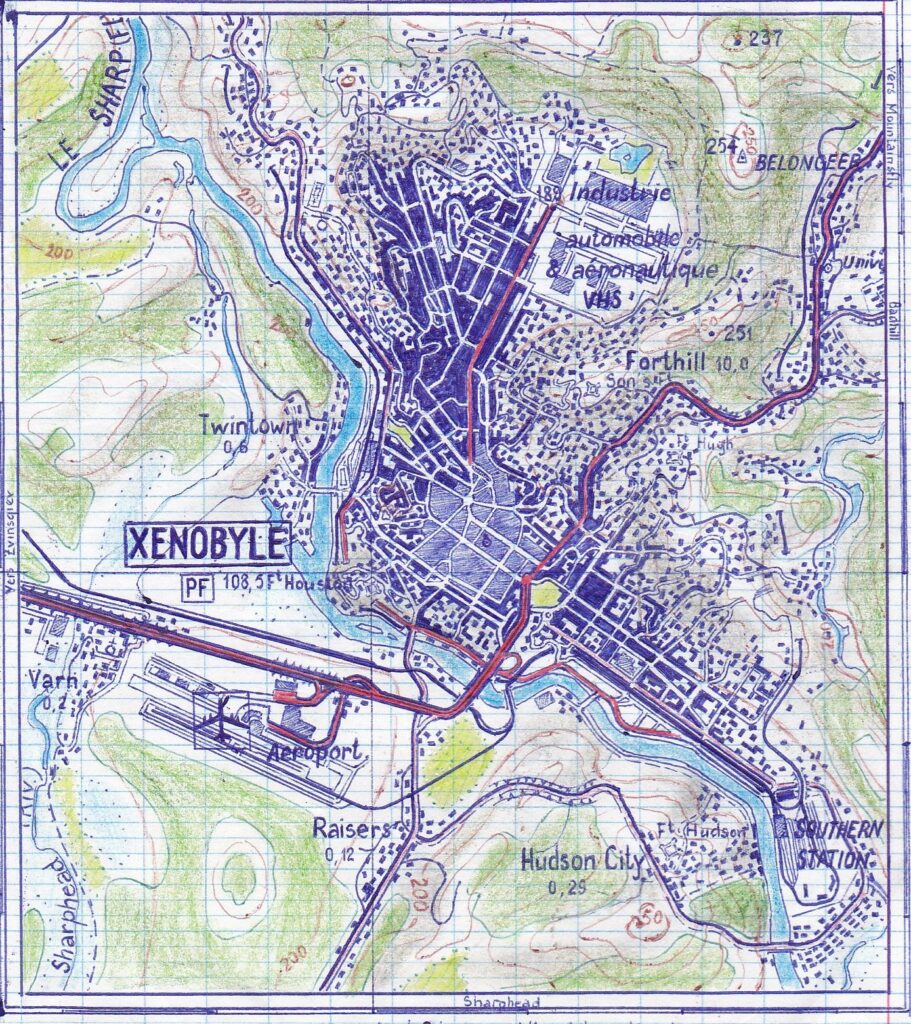
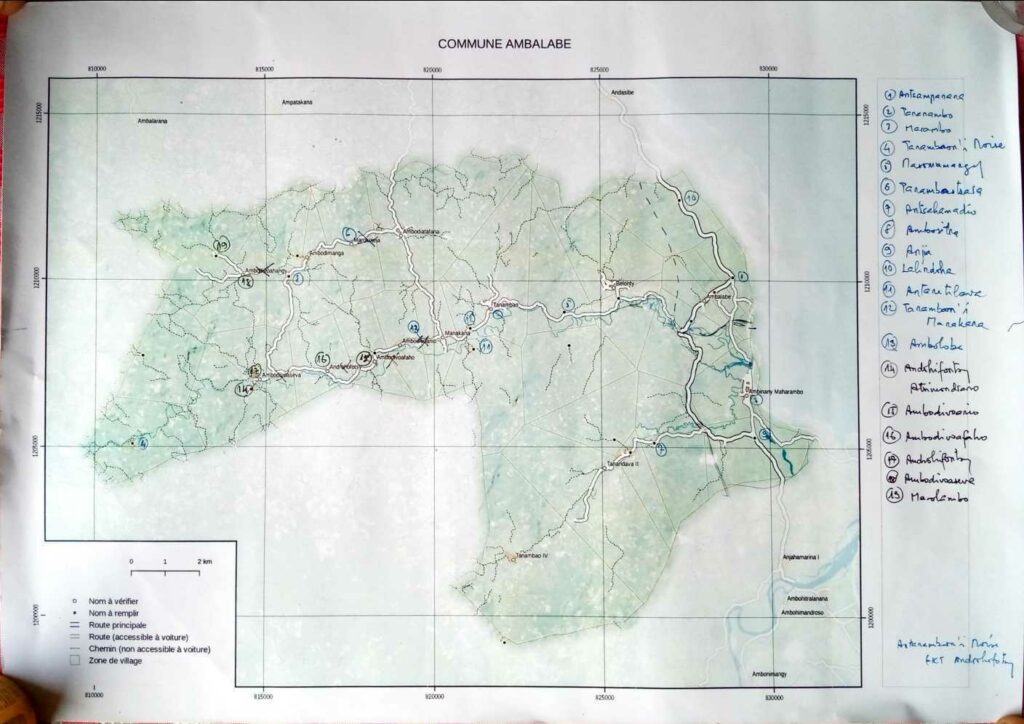
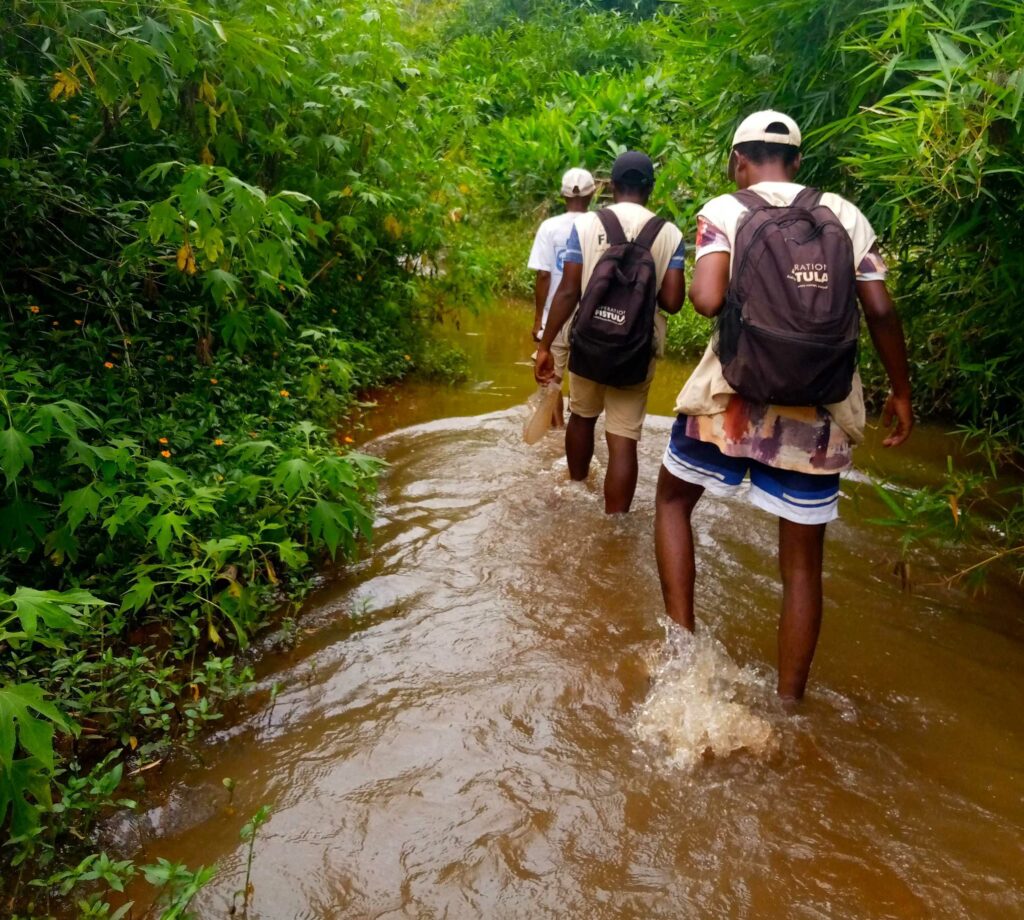
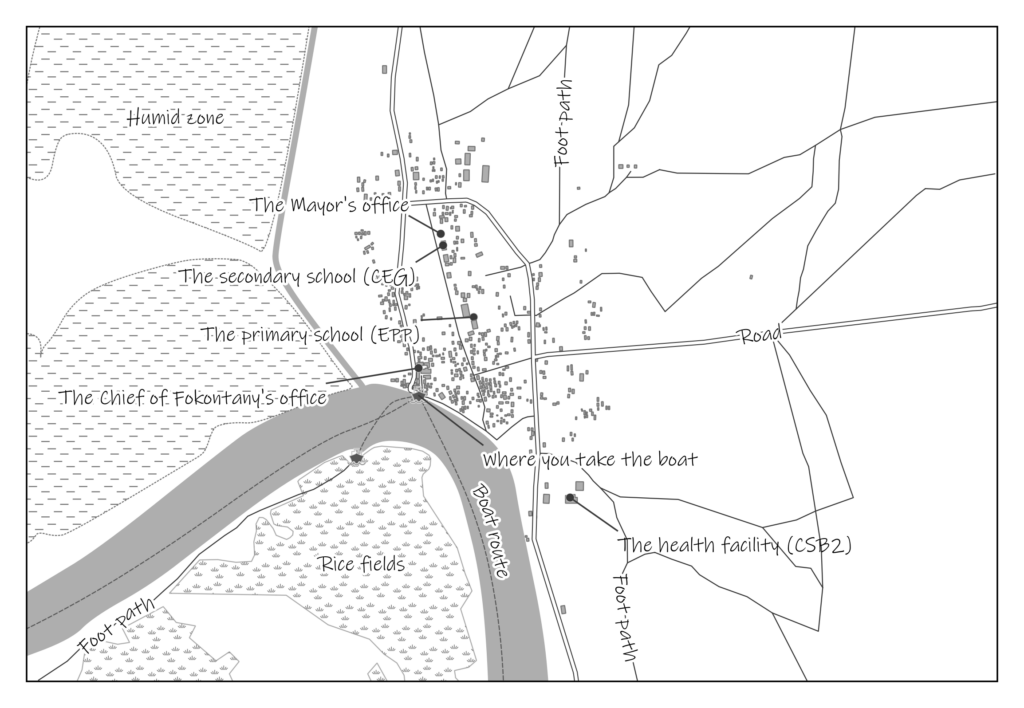
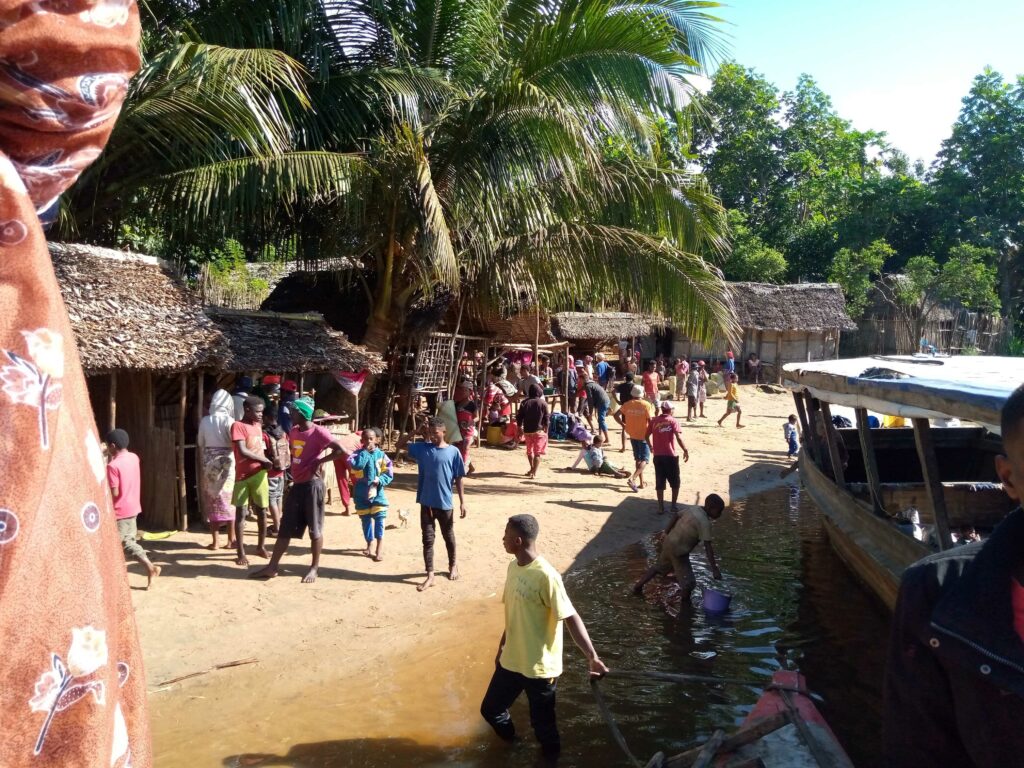
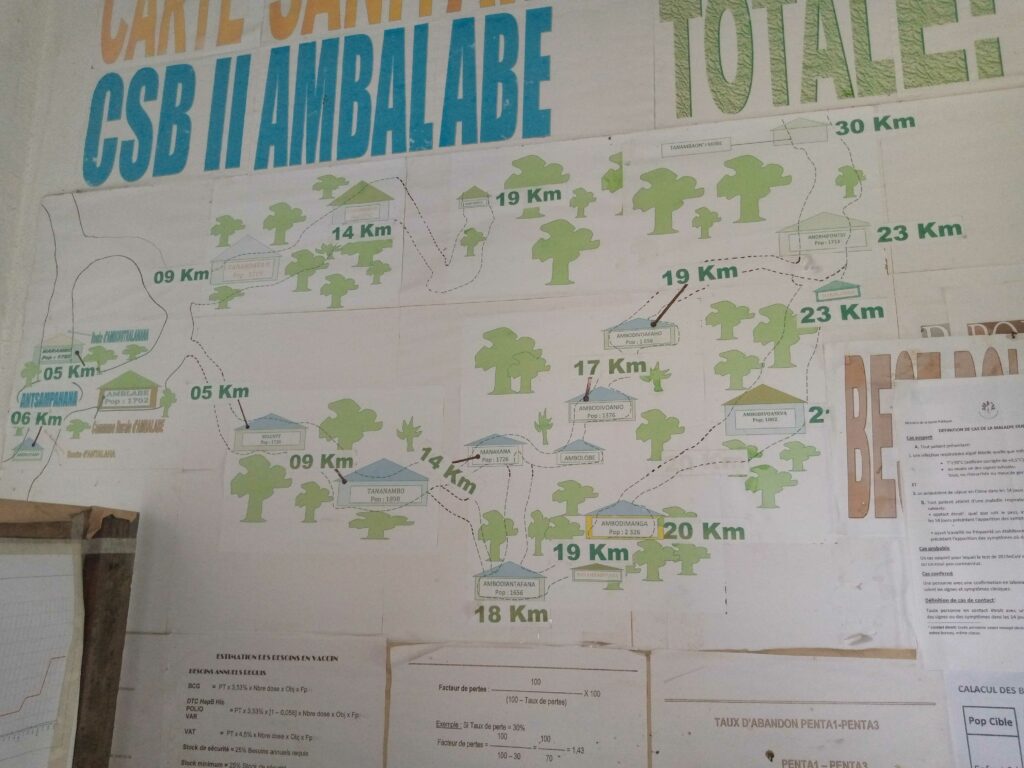
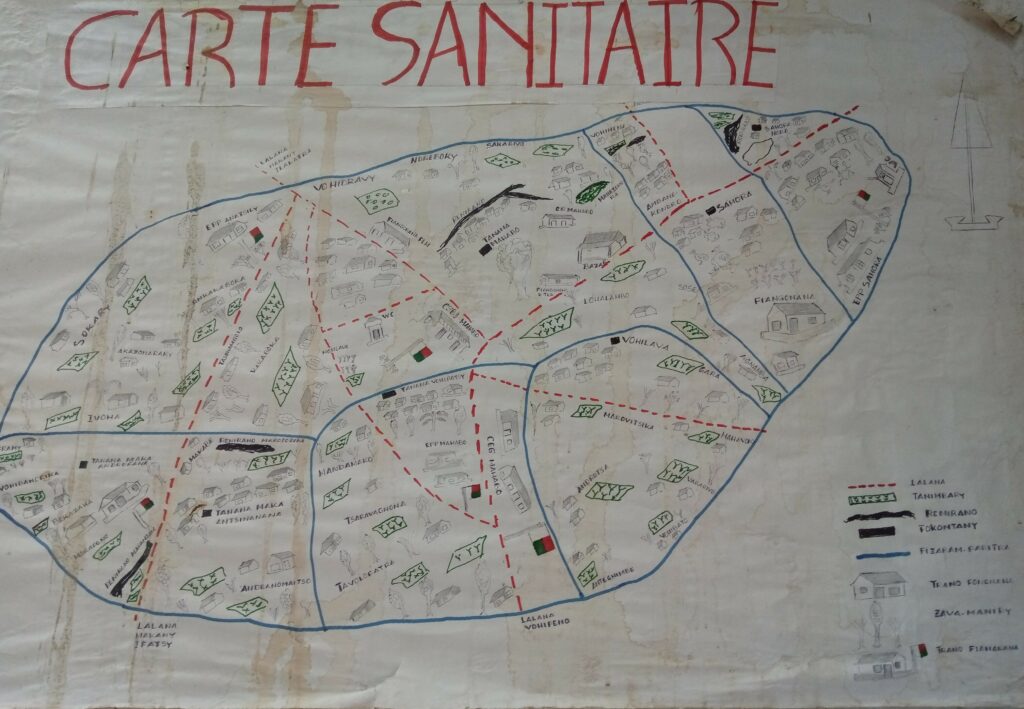

*To say that there is no fistula in the United States is an oversimplification. Fistula has been a consequence of childbirth for as long as women have been having babies. The vast majority of women who give birth in high-income countries, however, do so while under professional medical care, and thus do not experience the days-long, unsupervised labor that most of our patients endure. Because of these enormous disparities, most fistula organizations focus on fistula in low-income countries.
Acknowledgements:
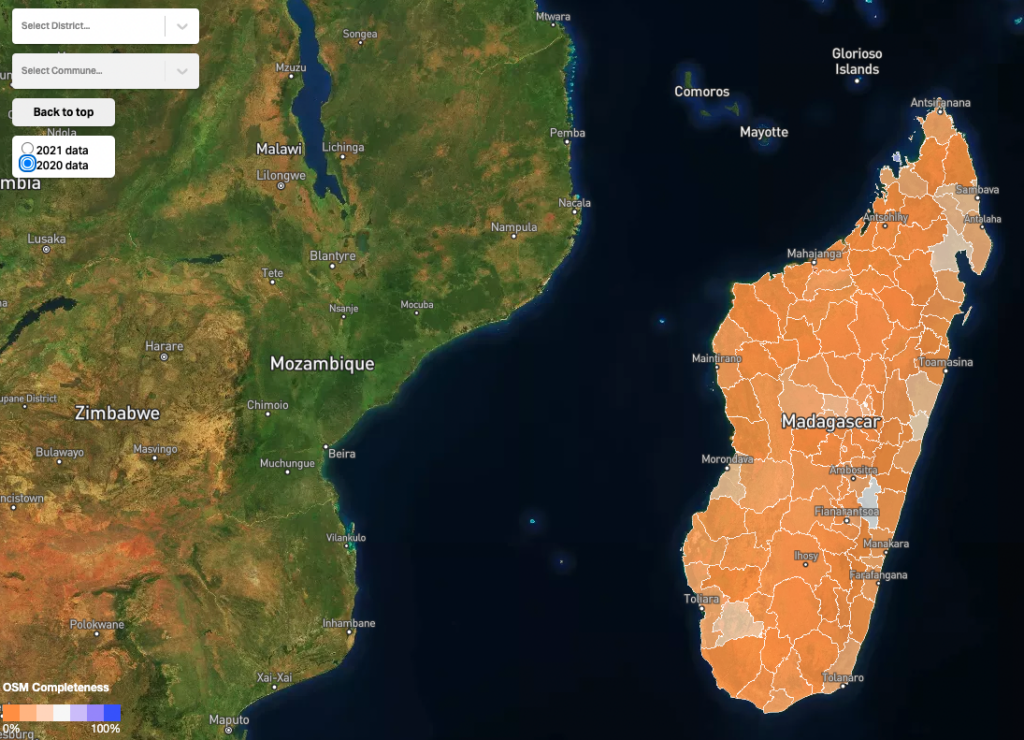
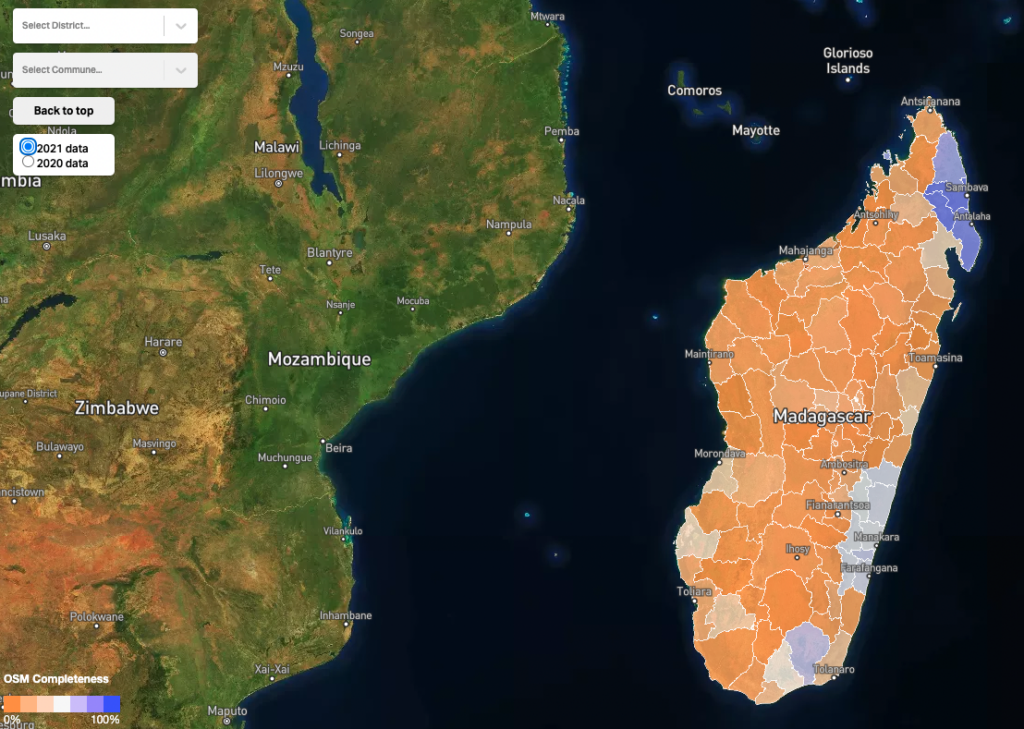
Our mapping work wouldn’t be possible without the support from our phenomenal partners at Mapbox and Thinking Machines. Their technology enables us to track Operation Fistula’s work in OSM, and also to see the progress that has been made in OSM across Madagascar. In the images above, you can see the huge strides made in the mapping of Madagascar over the two years that the OpFistula mappers have been active, and where they have focused their efforts: Vatovavy, Fitovinany, and SAVA.
